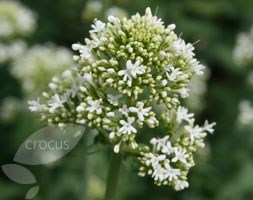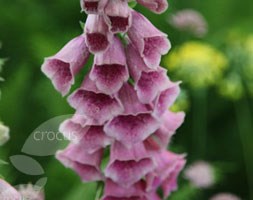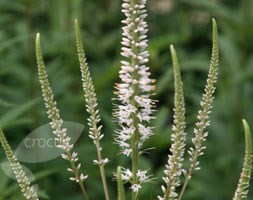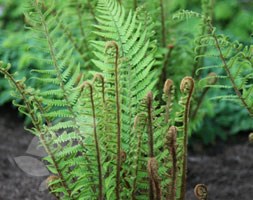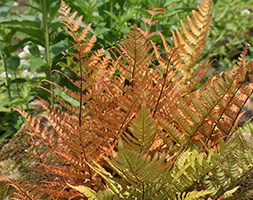Price reductions at Crocus
by Sarah - July 3rd, 2015.Filed under: Crocus, Price Reductions.
Crocus reduced the price on these items today
Centranthus ruber ‘Albus’ (valerian) was £7.99 now £5.99
Position: full sun Soil: well-drained, neutral to alkaline Rate of growth: fast-growing Flowering period: May to October Hardiness: fully hardy Airy clusters of white flowers appear from July to October on tall, fleshy stems with glaucous leaves. This white form of red valerian is long flowering and easy-to-grow and combines well with many different plants. It’s ideal for a sunny wildflower or seaside garden with poor, but well-drained soil, or for growing between the cracks in walls. It self-seeds freely and prefers a chalky or alkaline soil. Garden care: Deadhead regularly throughout the summer to prolong flowering. In autumn cut the plant back down to the ground and compost the dead stems.
Digitalis x mertonensis (foxglove) was £7.99 now £5.99
Position: full sun to partial shade Soil: moist, humus-rich soil Rate of growth: average to fast-growing Flowering period: May to June Flower colour: carmine-pink Hardiness: fully hardy Towering spikes of large, dusky, carmine-pink tubular flowers appear in May and June above conspicuously veined, dark green leaves. This foxglove is a real sh owstopper and looks wonderful planted in bold drifts towards the back of the bo rder in partial shade. Although it will grow in the sun, the soil needs to rem ain reliably moist over summer. Garden care: Ensure that the soil is kept moist in summer. After flowering cut back the flowered spikes to encourage more sideshoots. Cut down to the ground after flowering. Apply a generous 5-7cm (2-3in) mulch of we ll-rotted organic matter around the plant in early spring. These plants are mainly biennial, although they will often produce plenty of new side shoots and self-seed freely if happy in their location.
Veronicastrum virginicum ‘Album’ (culver’s root) was £8.99 now £6.99
Position: full sun or partial shade Soil: moderately fertile, moist, well-drained soil Rate of growth: average Flowering period: July to September Flower colour: white Hardiness: fully hardy Slender spires of white flowers from July to August above whorls of deep green leaves. This elegant perennial has self-supporting flowers making it ideal for adding height to sunny or partially shady border. It looks fabulous when planted with prairie plants or for adding vertical interest to white borders. Best grown in fertile, moist, well-drained soil. Garden care: Divide plants in spring. Apply a generous 5-7cm mulch of well-rotted garden compost or manure around the base of the plant in spring.
Dryopteris wallichiana (fern) was £8.99 now £6.99
Position: partial shade Soil: moist, humus-rich soil Rate of growth: average Hardiness: fully hardy A tough, hardy fern that is native to the Himalayas. In spring, Wallich’s wood fern produces bright green, shuttlecock-like fronds on upright, hairy stems, up to 90cm high. Less fine in appearance than many other ferns, it nonetheless makes a dramatic statement in a woodland garden or under deciduous trees. Once established, it will even grow in dry shade. When the leaves die back, the space can be filled with early-flowering snowdrops. Garden care: Incorporate lots of well rotted leaf mould, composted pine needles of garden compost into the planting hole. Cut back dead fronds in winter.
Dryopteris erythrosora (buckler fern) was £9.99 now £8.99
Position: partial shade Soil: moist, humus-rich soil Rate of growth: slow-growing Hardiness: fully hardy This striking deciduous fern has triangular-shaped fronds, which are coppery-red when young and slowly mature to dark green. One of our recommended plants, it needs plenty of moisture and contrasts beautifully with evergreen ferns and other woodland plants. Garden care: Incorporate lots of well-rotted leaf mould, composted pine needles or garden compost into the planting hole. Cut back decayed fronds in winter to allow new growth to emerge.







